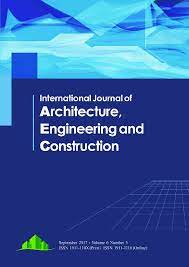The Performance Analysis of Different Machine Learning Classifier for Providing A Framework COVID-19 Structured Invoice Document
DOI:
https://doi.org/10.8845/15m5ka79Abstract
Given Handwritten character recognition is an essential task in various domains, including optical character recognition (OCR), document analysis, and automated data entry. Convolutional Neural Networks (CNNs) have shown remarkable success in addressing this challenge by leveraging their ability to automatically learn meaningful features from raw input data. Convolutional Neural Networks (CNNs) are a class of deep learning models specifically designed for analyzing visual data such as images. They have revolutionized the field of computer vision by achieving remarkable performance in tasks such as image classification, object detection, and image segmentation. the context of the COVID-19 pandemic, the efficient processing and management of COVID-19-related invoice documents have become crucial. These documents may contain critical information related to healthcare, supplies, and services provided during the pandemic. Ensuring accurate and efficient handling of such documents is essential for healthcare organizations, government agencies, and businesses involved in pandemic response. To address these challenges and streamline the invoice processing workflow, the framework known as Quash Hunt Optimization with Bidirectional Encoder Representations from Transformers-enabled Deep Convolutional Neural Network (QHtO-BERT enabled Deep CNN) is proposed that leverages the power of BERT, to capture semantic information from invoice text. Google Optical Character Recognition (OCR) is an advanced technology developed by Google, enabling the retrieval of text from images or scanned documents. The process of text annotation using Named Entity Recognition (NER) involves the task of recognizing and categorizing named entities existing within a provided text. The BERT-based approach significantly improves semantic understanding, while the optimized DCNN ensures feature extraction and classification tasks. The model's accuracy is elevated by harnessing the Hunting and Escaping characteristics within the QHtO algorithm. The performance of the QHtO-BERT- enabled Deep CNN method concerning accuracy, sensitivity, and, specificity stands at 94.7%, 95.92%, and 95.02%, respectively.


